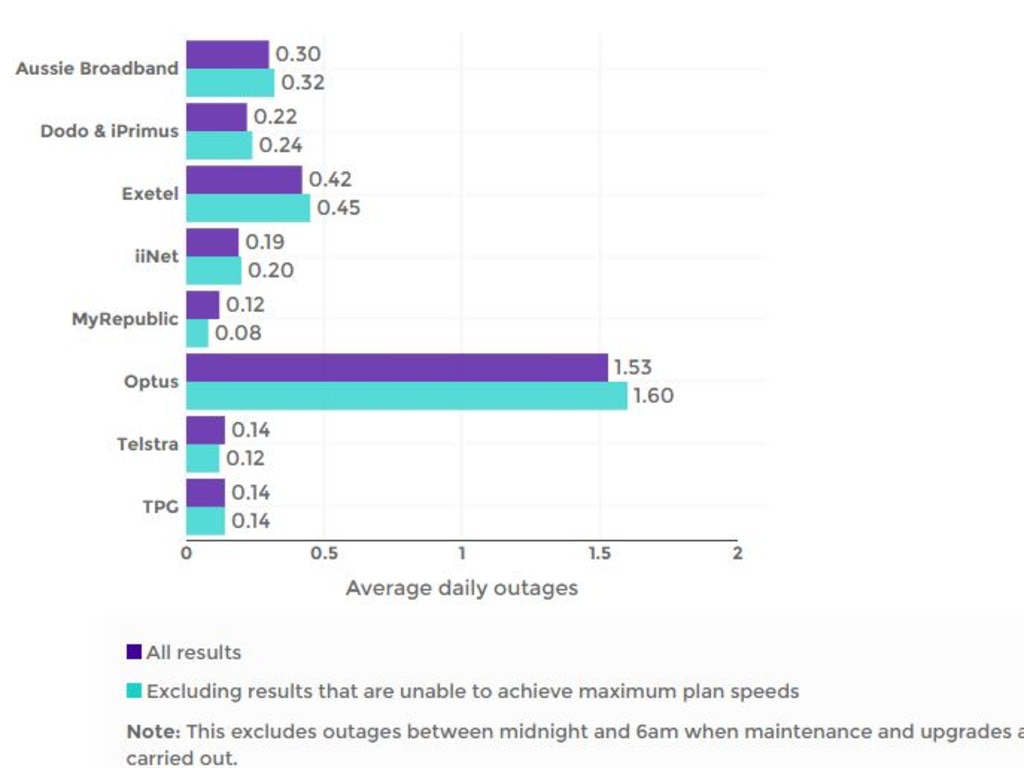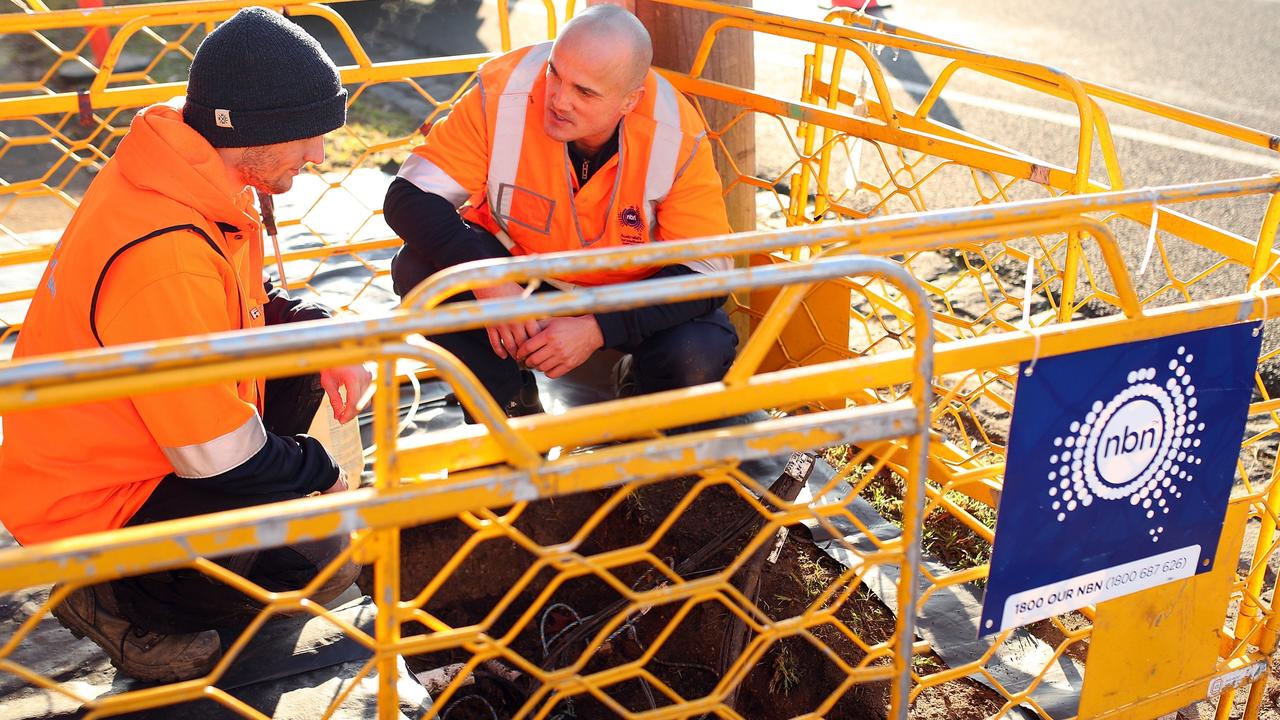Internet providers improving on speed but the NBN remains a disappointment for many
The latest data shows some NBN users are getting a raw deal on internet speeds, particularly if they have a certain type of connection.

Australia’s massive broadband network continues to disappoint and isn’t living up to expectations, the country’s consumer watchdog says.
Many internet customers continue to experience underperforming services that never achieve close to their maximum advertised plan speed, according to the latest ACCC data.
The findings were included in the watchdog’s fifth Measuring Broadband Australia report after it recently launched a broadband monitoring program to give consumers a better understanding of how retail service provides (RSPs) like Telstra, iiNet and TPG compare on speed promises and performance.
In February 2019 about 13 per cent of the 1000 internet users who volunteered to be involved with the program (a sample size that is growing) were labouring under speeds that never reached what they were paying for.
But that number increased to 25 per cent for those on a fibre-to-the-node (FTTN) connection, on plans with a maximum speed of 50 and 100 Mbps.
FTTN connections rely on existing copper infrastructure to make the final connection from the street to the home and are the most common access technology in the network. Given the old nature of the copper, these connections have been plagued by problems. Houses that are positioned furthest away from the node (and therefore have to rely on more copper) often report suffering from sluggish speeds.
NBN Co. says it is up to the RSPs to sell the appropriate plans to their end users based on the speeds their lines can achieve.
In addition, this latest report found these services had a relatively higher latency, meaning the users may have a less reliable experience for uses like video calls and online gaming, the ACCC noted.

“RSPs need to continue to monitor their networks to ensure their speed claims are realistic, and we expect NBN Co and RSPs to work harder together to help consumers achieve the speeds they are paying for,” ACCC chair Rod Sims said.
“We will be watching to see how companies respond to customers who aren’t getting the advertised speeds on their current plans.”
Following a crackdown on advertised NBN speeds that forced Telstra, Optus, TPG, iiNet, Internode, MyRepublic, Dodo, Primus, Activ8me and other providers to refund customers for selling unattainable speeds, things have improved.
A majority of customers are getting the speeds they paid for.
“Most RSPs are achieving average speeds on their NBN broadband plans across the busy hours that meet or exceed the typical plan speeds they advertise for the busy evening periods,” the ACCC said.
TPG achieved the highest percentage of its maximum download speed at 88.3 per cent, followed by Aussie Broadband and Optus.
Meanwhile, iiNet posted the biggest improvement for download speeds, jumping 4.7 per cent.
Dodo/iPrimus showed improvement since being included in the previous report but were the worst average performers at 81.8 per cent, along with MyRepublic.
All RSPs are hitting average advertised internet speeds during busy periods more than 80 per cent of the time.

Mr Sims believes the monitoring program, which was announced in April 2017, has helped improve internet speeds.
“It is good to see providers improving their performance in recent months, including those whose performance was seen to be lagging in our previous report,” Mr Sims said.
“We believe the additional transparency and scrutiny provided by our monitoring program has helped lift speeds across RSPs.”
Despite the negative headlines and the difficult task of achieving profitability for the company running the NBN, the speed data shows how the nation has benefited from the nationwide project.
Services delivered on the NBN continue to outperform ADSL services, the report points out. Consumers on NBN plans with a maximum speed of 25 Mbps received average download speeds of 22.7 Mbps during the busy hours compared with the 7.2 Mbps speed received by ADSL users.
For the first time the report included instances of outages, with Optus customers in the sample group experiencing the most.
A majority of volunteers experienced less than one outage of 30 seconds or more per day, depending on their RSPs. However mOptus customers experienced, on average, more than 1.5 outages per day.
“We expect this new reporting to drive retailers to improve their service on outages as it has with lifting speed performances,” Mr Sims said.
“There are various reasons why an outage may occur, so we encourage consumers experiencing a high rate of dropouts to contact their RSP.”

Originally published as Internet providers improving on speed but the NBN remains a disappointment for many


